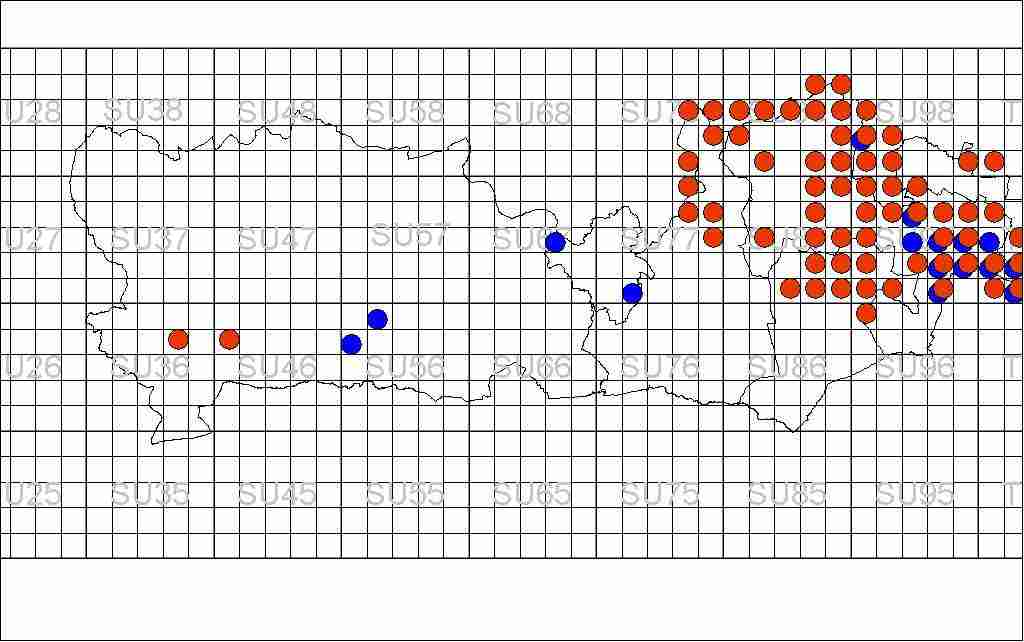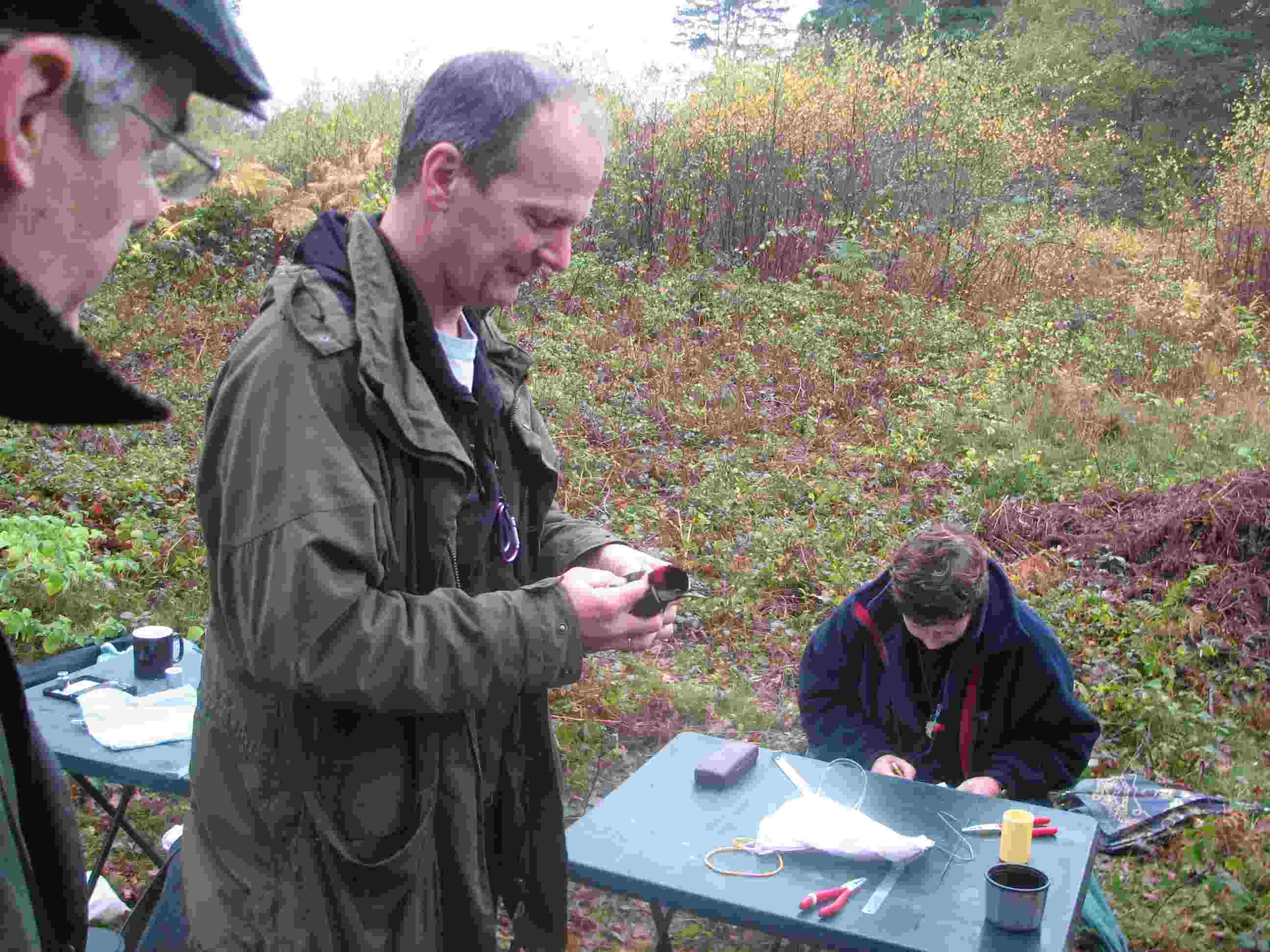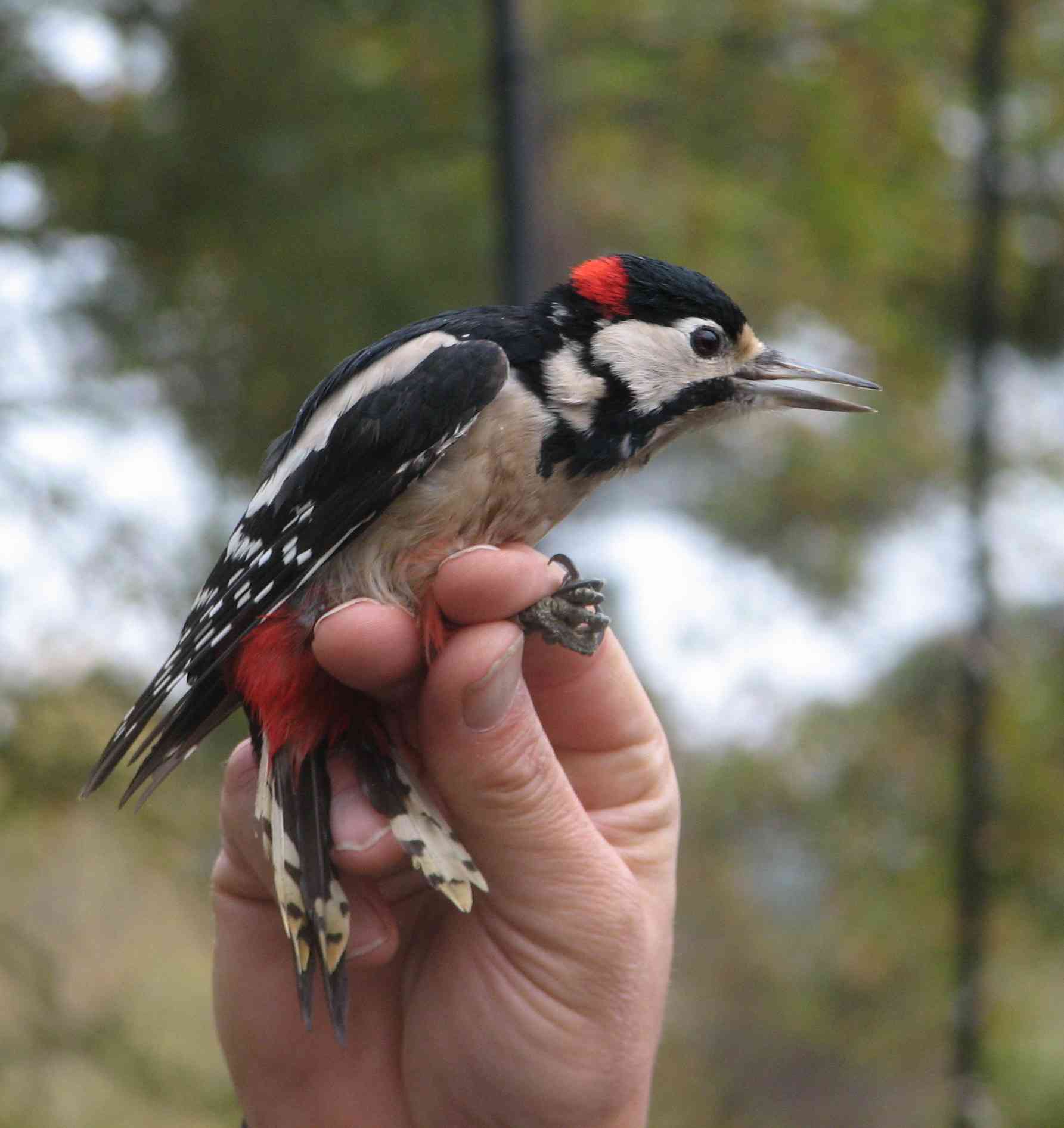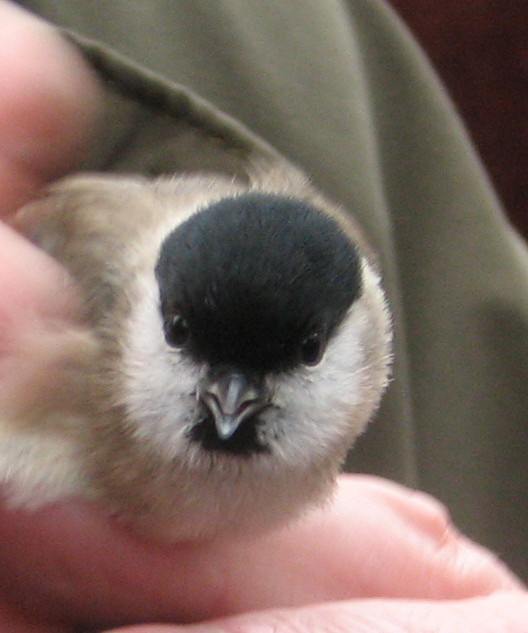Birds and Bats
Birds and Bats
Members might like to consider supporting a petition to government to make provision for birds and bats in building development mandatory.
The commendable drives for more energy efficient homes and redevelopment of existing buildings have led to decline in the number of bird and bat species that have come to depend upon our homes and buildings for their nesting and roosting sites for Bats and birds (such as the Swifts, House Sparrows and Starling)that live within our buildings. All have shown a marked decline over the last decades. The refurbishment of historic buildings, the conversion of old factories etc into apartments etc, and more energy efficient homes, although necessary, have left these species with fewer sites. Although these species are protected this has not prevented these sites being lost. I would ask that the government make mandatory within the building regulations the needs of these species are provided for within a suitable building whether this be ?new builds? or redevelopment. There are a variety of ways to do provide suitable sites for these species; from installing “nest bricks” at the original building stage, to retro fitting boxes under the eaves or within roof spaces of buildings.
You can sign up to the petition at http://petitions.number10.gov.uk/BirdsBats/.
Renton Righelato –
Black-headed Gull Colour Ringing
Black-headed Gull Colour Ringing
In 2007 we rang many of the Black-headed Gull pulli (chicks) at Moor Green Lakes and very quickly had recoveries from Wales and France. Subsequently we heard about a very successful project which was being run by Cotswold Water Park Ringing Group who are colour ringing pulli across the Severn and Thames Basins and are already starting to build up fairly detailed life histories for a significant number of birds.
We joined their project and geared up to ring the Moor Green pulli in 2008, unfortunately the colony failed in both 2008 and 2009. A last minute reorganisation in 2009 and liaison with West Berkshire Countryside Service and Theale Area Bird Conservation Group meant we could start by ringing the chicks at Hosehill Lake LNR and in June we colour ringed 100 chicks and a further 54 chicks were ringed with just a BTO ring. The birds have white rings engraved with a 4 character code on the left leg and a metal BTO ring on the right leg.
Hosehill has turned out to be an excellent place to ring the gulls. After they have fledged many of the birds spend a lot of time loafing on the main island where they can be seen and the ring numbers easily read from the viewing screen. This means that we have proof of fledging for a very high proportion of the birds. Some birds dispersed quite quickly from Hosehill – one bird was 10 km away at Midgham within 12 days of ringing ie about 5 days of fledging, other birds have stayed locally for a couple of months and we have now had our first more distant sighting from Gloucestershire. You can see the results of this project on the new Reading and Basingstoke Ringing web site www.rbringing.co.uk – the maps will be updated regularly as we get sightings. Three different birds ringed in Cotswold water Park have been seen locally – interestingly all three were ringed on the same day in 2004!
We expect to continue ringing pulli at Moor Green and Hosehill for a number of years. Black-headed Gulls are long lived – the UK record from ringing is a bird seen nearly 28 years after it was ringed as an adult bird, so we expect to keep getting sightings for a long time! If you see any of colour ringed birds can you please report your sighting – local sightings are as useful as the more distant ones as we’re trying to build up a picture of when birds leave the area and return again each year. Sightings can be reported directly on our web site or by email to me at gulls rbringing.co.uk.
Tim Ball –
Reading and Basingstoke Ringing
Ring-necked Parakeets invading Berkshire
Ring-necked Parakeets invading Berkshire
Ring-necked Parakeets have expanded into Berkshire rapidly over the last 20 years. Largely restricted to the Windsor area in the late 1980s, by summer 2008 they had spread to much of the east of the County. This map compares the breeding distribution in the Atlas surveys of 1987-9 (blue circles) with the summer 2008 data from the current Atlas surveys.

Ring-necked Parakeet distribution in Berkshire
We have had a request (below) for help in monitoring this expansion from Dr Alexa Lord at Imperial College, London:
We have recently begun a four year study into the effects of the ring-necked parakeet on native bird species in the UK. As part of this work it is essential for us to have accurate estimates of the current population size of the ring-necked parakeet in the UK, and its growth rate. The last census was carried out in 2001/2, and current estimates of population size are based on this data and the growth rates that they estimated at the time. This gives a current estimate of 20,000-50,000 individuals.
In order to estimate the current population size I intend to co-ordinate a large scale roost count. The first count will take place on Sunday 3rd January 2010, and will be simultaneous across as many known roosts as possible, using the same methods at all sites. If the count is successful I intend to repeat the count every three months to enable us to estimate the population growth rate and any changes in roost usage. I am now seeking volunteers who would be willing to assist with two elements of this project:
- Compiling a list of all known roost sites
- Assisting with the first roost count on Sunday 3rd January 2010.
Counts will begin two hours before sunset (14:04 on Jan 3rd) and will continue for half an hour after sunset (16:34) to allow for any individuals arriving in the residual light of dusk. The intention is to have several people counting at each site in order to control for individual error and allow us to cover all entry routes into the roost. No experience is necessary to assist with the count as we will provide a full, clear protocol to follow, along with data collection sheets. The data that we collect during these counts will be prepared for publication in relevant journals and will be widely publicised.
Due to the large number of responses anticipated I have attached two simple forms that can be used to send the relevant information to me by anyone wishing to assist with either request, making it easier for us to compile the data. The first form is for details of any known roosts, the second for persons willing to assist with the Jan 3rd count to send me their contact details. Forms and queries should be sent to parakeet imperial.ac.uk
Renton Righelato –
Atlas Surveyors Meeting
Annual General Meeting
At a well-attended Club AGM on 11th November, the Chairman, Neil Bucknell, reported that membership continues to grow – the Club now has about 400 members, twice the size of seven years ago. In the last year, the Club negotiated an access license for its members to Queen Mother Reservoir and is working with Reading Borough Council and others on a number of conservation projects. Ken Moore’s summary of bird records for the year was delivered by Colin Wilson. Our Treasurer, John Roberts, explained that after seven years without a change, it would be necessary to increase subscription rates in 2010 – full details will be published in the New Year.
Neil Bucknell retired as Chairman after his three-year term. His successor is Renton Righelato who stood down as Secretary after 8 gruelling years – Mike Turton took up the secretarial pen. Three other Committee members retired at the end of their three-year terms: Rosalind Stanley, Andy Tomczynski and Colin Wilson. They were replaced by Neil Bucknell, Fraser Cottington and Bill Nicoll. The President, Gordon Langsbury, thanked all the Officers and Committee members and went on to give a spectacular presentation on wintering birds in New Mexico.
Renton Righelato –
Ringing Demo
Ringing Demonstration
Despite a rather poor weather forecast the rearranged ringing demonstration given by Tim Ball on 8th November was a great success – this is his report together with a few photographs:
12-15 visitors came to Padworth Common for the mist netting and ringing demonstration and seemed to enjoy it and find it interesting. Overall 49 birds of 8 species were caught. A Marsh Tit attracted quite a bit of attention given recent discussions about distinguishing them from Willow Tits, it showed all the classic in-hand features and even had visible unmoulted greater coverts allowing it to be easily aged as a juvenile.
The retraps including some quite interesting birds:
- A Great Tit which had been ringed at Padworth in 2006 and but hasn’t been retrapped in-between times
- A juvenile Blue Tit ringed in July 4 km away by one of our team in their garden in Burghfield Common
- A juvenile Blue Tit ringed September 3 km away at Aldermaston Gravel Pits by Newbury Ringing Group
- Two Great Tits ringed as chicks at Padworth as part of our ongoing nest box study
The Blue Tits illustrate the late summer/autumn local dispersal of Blue and Great Tit juveniles

Tim Ball and Karen with a Great Spotted Woodpecker

Great Spotted Woodpecker

Marsh Tit
Tim Ball –
Atlas Surveyors Meeting
Atlas Surveyors Meeting
There is an Atlas surveyors get together for a review of the Berkshire results at THEALE VILLAGE HALL 15th November 10.00hrs. We are currently validating an amazing 96,000 data entries from the first 2 years field work. 250 out of the 390 odd timed tetrad visits have been done. The results are fascinating, and not only show what has been already been recorded but also what we still need to do. Do come along….everyone is welcome.
Ken White & Sarah Priest –
Christmas Lunch
Christmas Lunch
The venue for the mid week walkers Christmas lunch on Thursday 17th December has now been fixed. It will be at The Greyhound a refurbished pub only a short way from Moor Green Lakes where the walk will take place beforehand.
Cost will be £15.50 for 2 courses or £20.50 for 3 courses, Menu can be viewed at www.thegreyhoundfinchampstead.com. Deposit (£10) and choices of dishes will be required during October with 4th November being the cut off date. I hope to have forms for making choices available at both of our October meetings. Places are limited and I have 10 names already so decide soon on whether or not you will be joining us.
Dot Lincoln –
Ringing Demo
Ringing Demonstration
Following on from Mark Grantham’s talk on 100 years of Bird Ringing on 14 October there is a chance to see ringing in action at Padworth Common. The demonstration will take place adjacent to the car park at Padworth Common on Sunday 1st November and will run from 8:30 to 11:00 a.m., drop in for a few minutes or longer and see how it is done. Ringing is weather dependent so won’t be possible if it is raining or very windy. For further information contact Tim Ball at tim.ball rbringing.co.uk
Tim Ball –
2005 Bird Report published
2005 Bird Report available now
The latest Report is now available. Our biggest and best yet! A Robert Gillmor painting of the Laughing Gull adorns the front cover and 154 pages of information, 16 in colour with graphs and a selection of colour photos to catch the eye. Articles include accounts of feral Barnacle and Snow Geese at Eversley, the finding of the Laughing Gull, a survey of warblers at Theale and a study of Tree Pipits in West Berkshire amongst others.
The 2005 Report is available from the Report Editor or Secretary for £7.50 plus £1.50 P&P (Cheques payable to Berkshire Ornithological Club). Free to BOC Members.
Colin Wilson –
KENNET VALLEY PARK – protect the area for ever
KENNET VALLEY PARK – protect the area for ever
The area, well known to members, lies between Reading and the M4. It is beautiful and sometimes magic, the flood-plain of the River Kennet, a haven for wildlife – one of the best nightingale sites in England, it is enjoyed by nature-lovers, anglers, boat people, ramblers, cyclists, and by many local residents as a quiet peaceful place within easy reach of their homes.
Every five years or so, starting in the early 1980’s, Kennet Meadows has been under threat, whether from gravel companies or from builders. The latest, from a consortium led by Prudential’s property arm, PRUPIM, who wanted to build 7500 houses there, suffered a major setback when, following yet another campaign by local people, the Department for Communities and Local Government took it out of the South-East Plan because of the flood risk it posed to the area and to central Reading.
A petition, following a resolution from veteran Kennet Meadows campaigner Pete Ruhemann to Reading Borough Council, which received all-party support, seeks to end the threats to Kennet Meadows by putting the area into a Trust to be managed for the benefit of local people. Please give it your support. The BOC fully supports this proposal, not least because of the value of the area for birds and wildlife. The petition can be accessed on-line at
“Make Kennet Meadows a Trust” Petition.
Colin Wilson –

